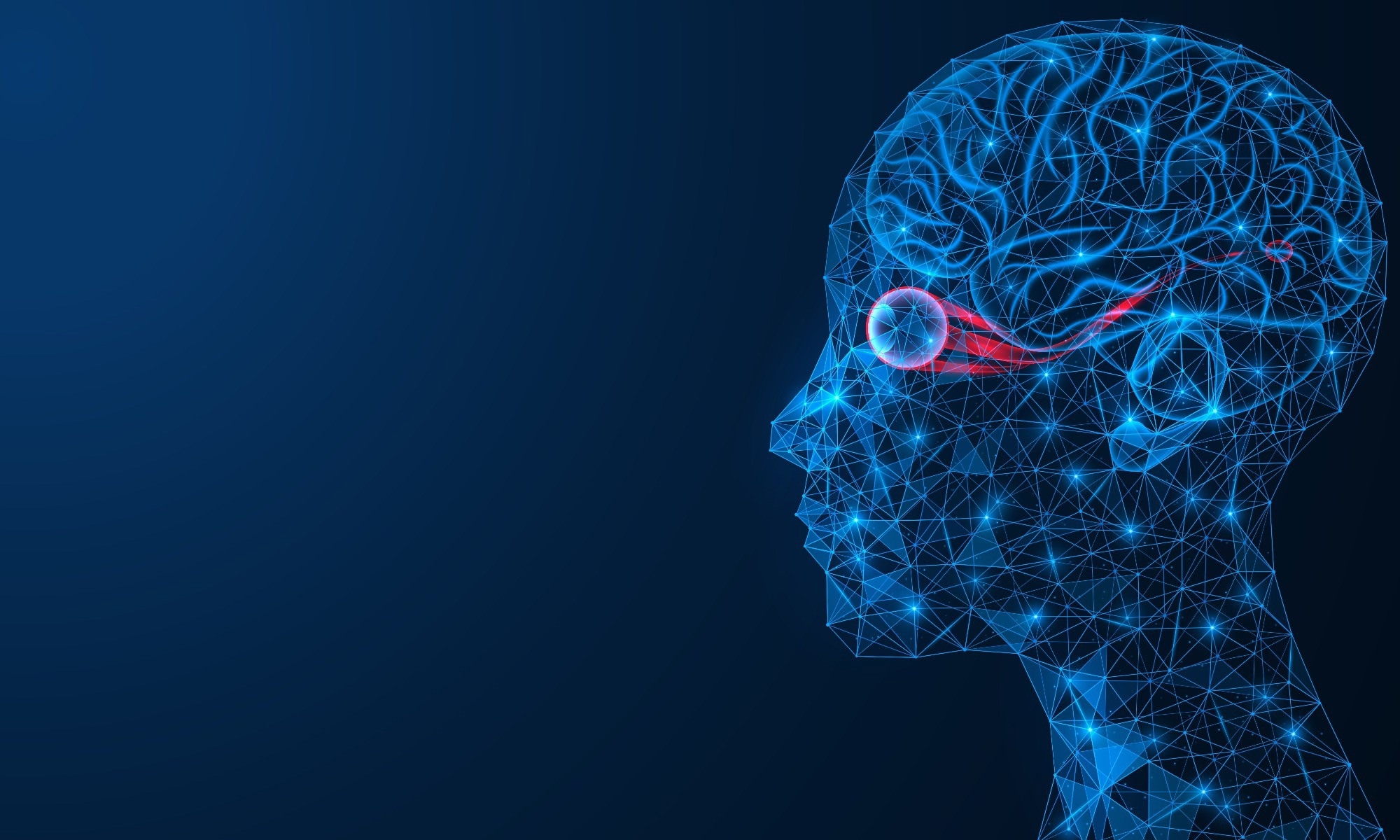 Interview conducted by Danielle Ellis, B.Sc.Dec 6 2023
Interview conducted by Danielle Ellis, B.Sc.Dec 6 2023In this interview conducted at the Society for Neuroscience's Neuroscience 2023, we explore the fascinating world of neuroscience with Professor Michael Stryker, a leading expert with over four decades of groundbreaking research. From his early contributions to his current work at UCSF, Professor Stryker discusses his significant findings in brain development, the interplay of genetics and environment, and the nature of brain plasticity. His insights shed light on the complexities and adaptability of the human brain. Join us for a deep dive into neuroscience with one of its most prominent figures.
Your research has profoundly transformed our understanding of the visual system. Could you briefly explain how you came to do research in neuroscience and and what is the primary focus of your research and its significance?
I've been at UCSF for most of my academic career, for 46 years, except for a sabbatical year at Oxford and a quarter in Pisa. I started in mathematics, moved to philosophy, then neuroscience. My journey included cleaning rat cages, programming for a neuroscience lab, and eventually joining the Peace Corps. I spent time in East Africa, learned Swahili, and worked as a water development engineer. My interest in neuroscience drew me back, leading me to study at MIT and focus on the visual system. I worked on various aspects of neuroscience, from critical periods of plasticity to the role of neural activity in brain development, and currently focus on adult brain plasticity and its underlying mechanisms.
Your work demonstrated that orientation selectivity develops in the visual cortex even without visual experience. How did this finding challenge the existing views on the nature of sensory experience and brain development?
It challenged the notion that sensory experience was necessary for brain development. We showed that innate neural activity that precedes experience plays a crucial role in brain development.
You discovered that spontaneous retinal activity is critical for the normal development of the visual parts of the brain. Could you explain how this activity contributes to development and why it's so crucial?
It's critical for organizing connections in the visual system. The biochemical signals that organize connections can get them only approximately right because they diffuse over a region. Neural activity is specific to individual cells. Activity helps neurons that receive similar input to connect with single-cell precision, enhancing the specificity of brain wiring.
Your research has shown that inhibition plays a central role in regulating critical periods of plasticity in early life. How does this finding enhance our understanding of neurodevelopmental disorders?
The balance between excitation and inhibition in the brain is a crucial aspect of neurodevelopment. Our research and that of others suggest that disruptions in this balance could be a factor in various neurodevelopmental disorders. While our focus has been on inhibition, it's essential to understand that excitatory mechanisms also play a significant role. Disorders such as autism and schizophrenia might be linked to these imbalances, though more research is needed for a definitive understanding.

Image Credit: Ilya Lukichev/Shutterstock.com
Your work has influenced the nature-nurture debate by demonstrating common mechanisms in innate and experience-dependent development. How do you view this interplay between genetic programming and environmental experience in brain development?
Both genetic and environmental factors use overlapping mechanisms in brain development. The line between nature (genetics) and nurture (environmental experiences) is blurred by the fact that neural activity, which is influenced by both genes and experiences, affects gene expression, and gene expression affects neural activity. This interplay highlights the complexity of brain development, where both innate factors and experiences shape the outcome.
You and your colleagues have distinguished between juvenile plasticity and slower, qualitatively different adult plasticity. Can you elaborate on these differences and their implications for understanding brain development and adaptability?
Juvenile plasticity is more rapid and robust compared to adult plasticity, which tends to be slower and less pronounced. In adult brains, we see not a loss of plasticity but a change in its nature. For example, in response to sensory deprivation, adult brains don't lose responsiveness but instead show an increase in response to the non-deprived senses, indicating a homeostatic mechanism at play. While adult brains may require more effort to adapt, they still retain a degree of plasticity.
Receiving the Ralph W. Gerard Prize in Neuroscience is a significant achievement. What does this recognition mean to you, both personally and in terms of your scientific contributions?
Professionally, it's an honor, though I believe science is always forward-looking, while awards are a reflection of past achievements. Personally, it's gratifying to receive recognition from peers who understand the nuances of one's work. However, I view such recognition as the collective achievement of my lab and collaborators, not just a personal accomplishment.
How do you believe your work has influenced the wider field of neuroscience, and what do you hope will be its lasting impact?
My work has contributed to several key shifts in neuroscience. For example, the importance of spontaneous neural activity in brain development was initially met with skepticism but is now widely accepted. Also, my efforts in opening up new research areas, like the visual system of ferrets and alert mice studies, have paved the way for others to explore these fields further.
Looking towards the future, what do you see as the next major questions or challenges in the study of the visual system and brain plasticity?
The rapid advancement in technology is opening up incredible possibilities for neuroscience research. We can now explore complex neurological phenomena and diseases with sophisticated tools that were once only theoretical. This advancement allows researchers to focus more on the biology and mechanisms of diseases, potentially leading to breakthroughs in understanding and treating various neurological conditions.

Image Credit: Marcin Janiec/Shutterstock.com
Finally, as an esteemed figure in the field, what advice would you give to young scientists embarking on a career in neuroscience research, particularly in areas related to your expertise?
My primary advice would be to pursue research topics that you find genuinely important and interesting. The field of neuroscience is vast and still largely unexplored. Aspiring scientists should aim to tackle only the most significant problems and should strive to make a meaningful impact in their chosen area of study.
Where can readers find out more?
About Michael Stryker
Professor Michael Stryker is a renowned neuroscientist known for his extensive work in the field of brain visual systems. He earned his Ph.D. in neurophysiology from the Massachusetts Institute of Technology, where he co-developed the first computer-d riven optical display for studying neuron responses in the visual system. His groundbreaking research at MIT confirmed the innate selective responses in the visual cortex.
riven optical display for studying neuron responses in the visual system. His groundbreaking research at MIT confirmed the innate selective responses in the visual cortex.
During his postdoctoral research at Harvard Medical School, he collaborated with eminent neuroscientists including Torsten Wiesel and David Hubel. At the University of California, San Francisco, Professor Stryker's lab made significant discoveries on the role of spontaneous neural activity in the development of the visual system and introduced the ferret as a key model for such studies.
His innovative work extended to the use of the mouse visual system, revealing critical insights into brain plasticity and the interaction between neural activity and molecular signaling. A pioneer in his field, Professor Stryker has authored over 150 publications, contributing profoundly to our understanding of the brain's visual processing capabilities.